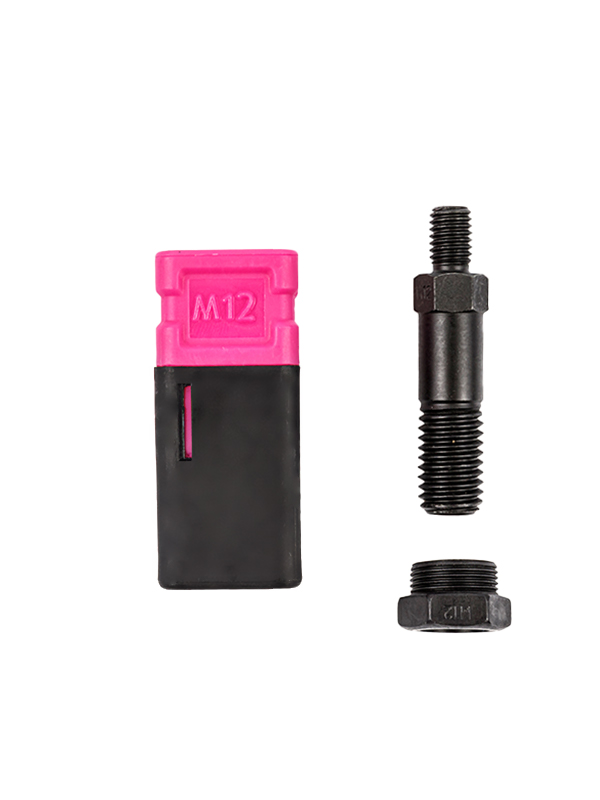Pressure
riveting nut column, also known as pressure riveting stud or nut column, is a kind of fastener used in sheet metal, thin plate, chassis, cabinet. The shape of the pressure riveting nut column is hexagonal at one end and cylindrical at the other end. There is a relief groove between the hexagonal side and the cylindrical shape, and its inner shape is an internal thread. The hexagonal head is pressed into the preset hole of the thin plate by a press (the diameter of the preset hole is generally slightly larger than the cylinder outer diameter of the pressure riveting stud). ) to plastically deform the periphery of the hole, and the deformed part is squeezed into the undercut groove of the rivet nut, so that the rivet nut is riveted on the thin plate, thereby forming an effective fixed internal thread on the thin plate.
The pressure riveting standoffs are divided into free-cutting steel through-hole pressure riveting standoffs SO type, stainless steel through-hole pressure riveting standoffs SOS type, free-cutting steel blind-hole pressure riveting standoffs BSO type and stainless steel blind standoffs in terms of material and internal thread form. There are four types of hole pressure rivet standoffs, BSOS type, which are used in different environments.
1. When choosing a nut column, it must be based on the thickness of the plate used and the exact size range. The hardness of the low carbon steel plate must be less than 70RB, and the hardness of the stainless steel plate must be less than 80RB.
2. The surface of free-cutting iron is treated, and the stainless steel maintains its original color. Users can order according to the model and specifications in the table according to their needs, or they can also make special orders according to their needs.
3. The hole size of the plate must be processed according to the tolerance size of 0-+0.075mm, and punching is recommended.
4. The installation must be realized by "press riveting" operation, and it must not be knocked in by impact.
5. When the material is stainless steel, the tail number should be marked with "S".
6. The end face of the nut column is represented by "C".
7. The length of the through-hole nut column is full wire below 10mm. If it is above 10mm, it can be reamed on the hexagonal end face (type I) or the round end face (type II).

